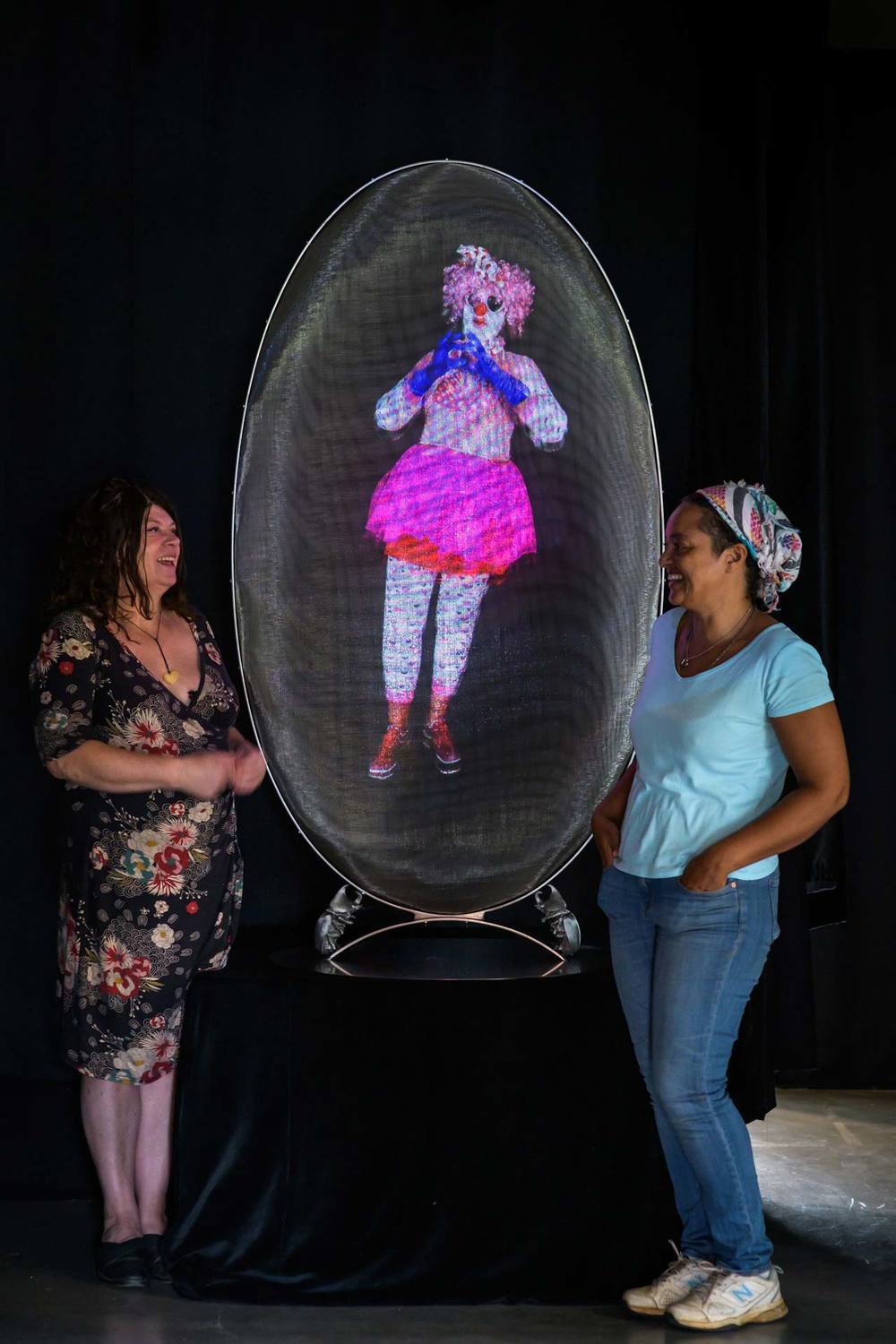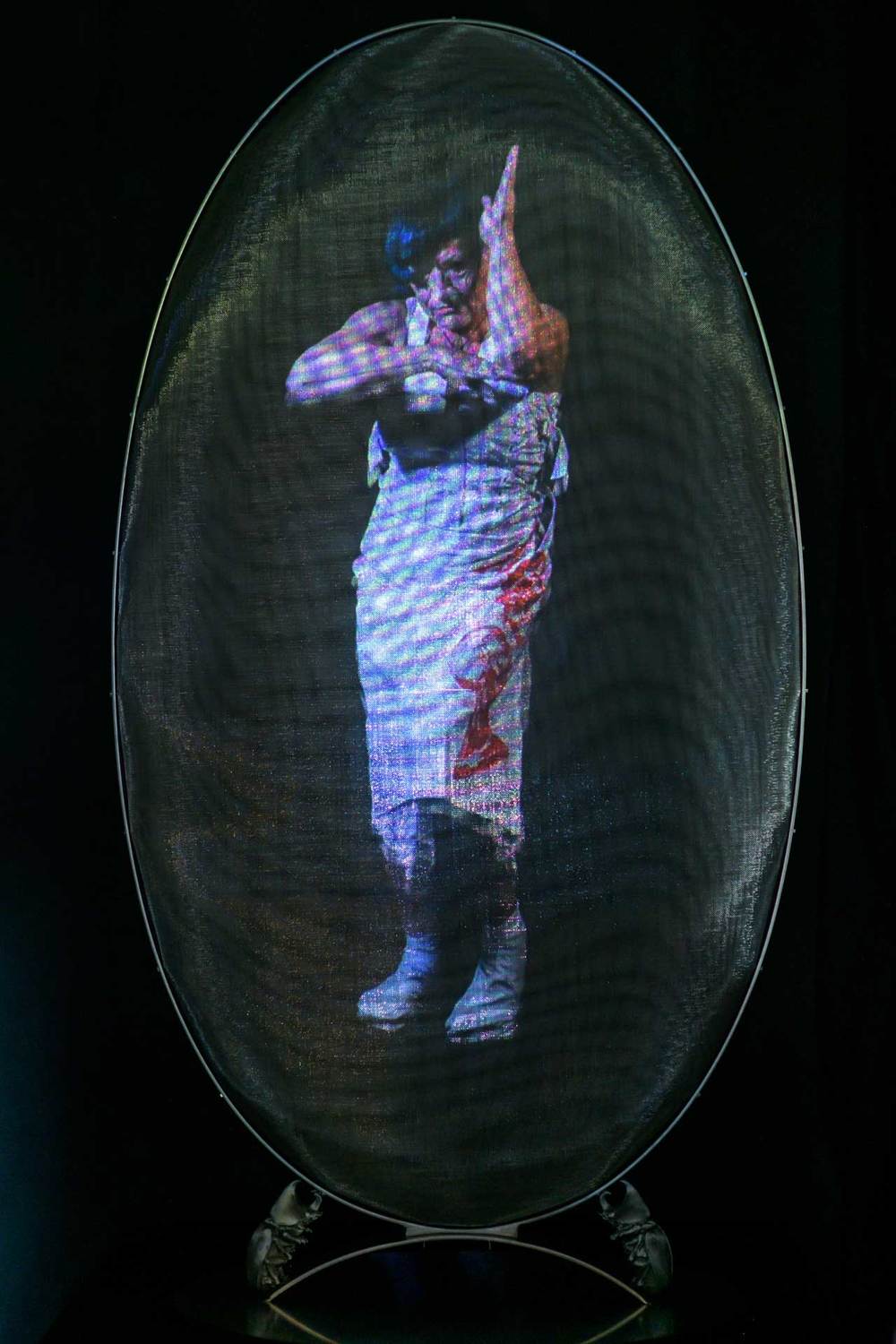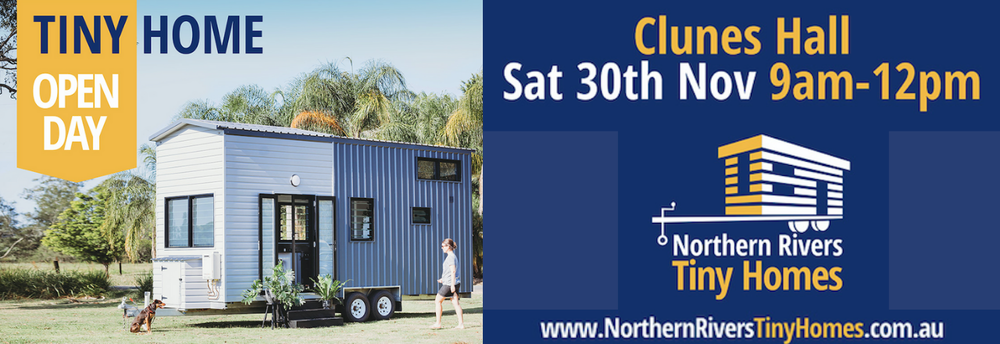SUNDAY PROFILE: Marion Conrow's cutting edge art
Liina Flynn
23 November 2019, 8:26 PM
 Marion Conrow.
Marion Conrow.Lismore-based artist Marion Conrow’s passion for the moving image has taken her artform to places no other artist has gone before.
From creating projections and sculptures, to starting up Link TV, Lismore’s first independent television station, Marion – who has lived with a disability for 11 years - is now excited that her art is taking off.
Museum of My Friends#1
Next week, she’s off to Canberra, to exhibit her work Museum of My Friends#1 at Belconnen Arts Centre, as part of Flux - an exhibition of contemporary digital art from around the world by prominent d/Deaf and disabled artists.
“Art is my life passion,” Marion said. “I’ve been working hard and I’m finally getting to exhibit in a major exhibition.
“I’ve been regionally based all my life and as a woman with a disability it’s hard to get exposure, so finally cracking it is so exciting.”
Her exhibition Museum of My Friends#1 was inspired by her desire to document the important people in her life.

Marion Conrow and Devi Thomas with Marion's artwork Museum of My Friends#1.
Brain Injury
After being in a car accident in 2007, Marion was left with a mild traumatic brain injury.
“I became very isolated and unable to cope with external stimuli,” she said. “As a result I stayed at home and didn’t get to see my friends much. I was lonely and wondered how I could talk to them.
So Marion started creating video projections of her friends such as Ana Wojak and Edda Lampis - which became part of a unique interactive artwork using 3D printing, stainless steel mesh and video projections.
“I captured people in a time pod,” she said. “It’s a sculpture piece with and interactive track pad that I can press to choose a friend and see them dance or talk.
“Part of it was a 3D scan in metal of a giant rhinoceros beetle – which I did through the Southern Cross University engineering department.
“It was a groundbreaking experiment. It was a small beetle and we created it in a sculpture 1700 mm high – we tried four times before we got it.
“They are the strongest creature on the planet and in Australia, they will probably be extinct soon.
“There is a war on nature and I was thinking there will be no insects left - so I wanted the work to still be around in 100 years.”
Her work with shaping stainless steel mesh is something she says no-one else is doing.
“It’s hard to get and it’s hard to shape – I need an armature to shape it and I do it manually,” she said.
Groundbreaking experiments
Her ideas for her groundbreaking sculpture techniques sometimes come from dreams, and due to her experimental approach with materials and techniques, Marion said she’s still working it out.
“I had a dream that I could draw grids on the mesh to work out the shape, before tensioning and shaping it,” she said. “I like inventing things.”
Marion’s art has evolved over her lifetime, but she thinks her childhood experiences could have formed some of the way she looks at the world now.
Preservation
“I originally grew up in in Gippsland, Victoria,” she said.
“My dad was open cut miner and we lived in Yallourn - it was a beautiful designer built town that was dug up for coal.
“I read that people dealing with the loss of their home town often collected objects to hold onto or capture memories - when you’ve lost something you want to try to preserve it.
“And also, my memory is pretty bad since the accident."
New media
From studying drawing and ceramics when she was younger, to cutting edge experiments with projections, Marion is passionate about her journey with new media.
“It’s rare a painting does anything for me, but a moving image hits my heart,” she said.
“I studied music video at SCU and was the first visual arts student to do it – you usually have to be a musician.”
Link TV
Then, in 1991, she looked into setting setting up Link TV – an independent television station in Lismore.
“It was one of the first regional stations to go to air,” she said. “I fought for the licencing and I went to Parliament in Canberra to outline my submission.
“Setting up a community TV station was about creating a voice for people.
“The biggest barrier is getting rid of monopoly - it was about opening it up for everyone.
“The art of the TV station was that it was an installation sculpture.
“I put all my energy into that – about 80 hours a week for years and I got burnt out."

Scenes from Marion's artwork Museum of My Friends#1.
Off the planet
“Now, in last 12 years people think I’m a crazy lady with a brain injury – Sometimes I was off the planet and I had no idea.”
Marion said after she wrote off her car in the car accident, her traumatic brain injury remained undiagnosed for a long time.
“I talked and looked normal and I didn’t know what was wrong with me,” she said.
“In my brain, tears had formed in the frontal lobe. It made decision making hard and I lost attention quickly.
“I was lucky I could go out at night but I couldn’t leave the house in the daytime.
“I had so much cognitive fatigue from trying to process information.
“If a car drove past me it would put me off balance and I’d be exhausted after a ten minute conversation. Sometimes I’d go to the Winsome and dance and that helped me move from severe depression into being happy.
“Every brain injury is different – it can affect memory, and for me I was acting on auto pilot – not conscious of where I was and I might say or do dangerous things like get on tables and dance in public - I was a wild child.
“I felt like I had another person inside me with no memory and struggled to do anything.
“If I had to do something the next day, tired Marion would lay out the clothes or breakfast for the other Marion so she’d be ready to go the next day.
“I lost a lot of weight because I couldn’t go shopping."
Diagnosis
Marion said it was four years before she went to see a doctor and demanded she see a neuropsychologist, or get an MRI done, but doctors wouldn’t take her seriously that she had a problem.
“I even rang up brain injury services,” she said. “It took three days to work up to do that phone call.
“The North Coast Brain Injury Service helped me get diagnosed. They did a test on me and saw the brain damage and put me on anti depressants.
“In NSW, there’s no real support network for people who seem to be functioning ok.
“So when I do my art now, everything else goes out the window. I can only do one things at a time and sometimes bills don’t get paid.
“I was working in nightclubs doing installations every week, before I had the accident.
“I realised I had a special brain before - because I could visualise a sculpture and produce it.
:But after the injury, I had to write down every step and do them one at a time.”
“Half of my ideas come from dreams – I like working with layered fabric and projecting onto it.
"All those party nights in Byron is where I had lots of practice playing with projections, layers and installation."

Ana Wojak in Marion's artwork Museum of My Friends#1.
Collaboration
Marion has been working with projections and installations for 25 years now, including at last year’s NYE Tropical Fruits party where she lit up a wall with dancing human forms.
“My art is becoming quite complex – more sculptural too.
“I love collaborating with others and have been doing it a long time, working with performers all over Australia.”
Marion had also been collaborating with local disability arts group Real Artwork, who will be holding the UnUsual Festival in Lismore next week.
“Zeb and Sunita from Real Artworks often they get me on board and give me a brief and I work with their team,” Marion said.
Grants
With over 100 collaborative projects under her belt so far, Marion made it big when last year she received an Australia Council grant.
With this money and the support of the people at the Urban Art Project, she kept making her art.
“I do a lot of the video editing and I work with an interaction designer in Melbourne,” she said.
“I get most of my income from parties and grants – but no-one is buying my work yet – I’m not well known enough.
“But I’m excited to be regional woman with a disability who will soon be doing a big show in Canberra.
“It might have the potential to take me to big places.”
Even if she gets big in the art world, Marion said her strong creative arts community in Lismore is what keeps her world turning round.
“My creative friends are awesome,” she said. “We have culture forming in regional areas and I love it.”
Flux
Marion’s art will be in the exhibition Flux on Friday, November 29 until February 7, 2020.
The exhibition features video, virtual reality, and interactive digital work by artists from Australia, the UK, Europe, and Asia.
The exhibition showcases the way disabled artists have utilised the potential of digital technology to explore the variations of lived experience in the world, from the fluctuating individual experience of disability to the diverse collective emotional experience of a whole city.
To see some of Marion's work, visit her website https://marionconrow.com/
